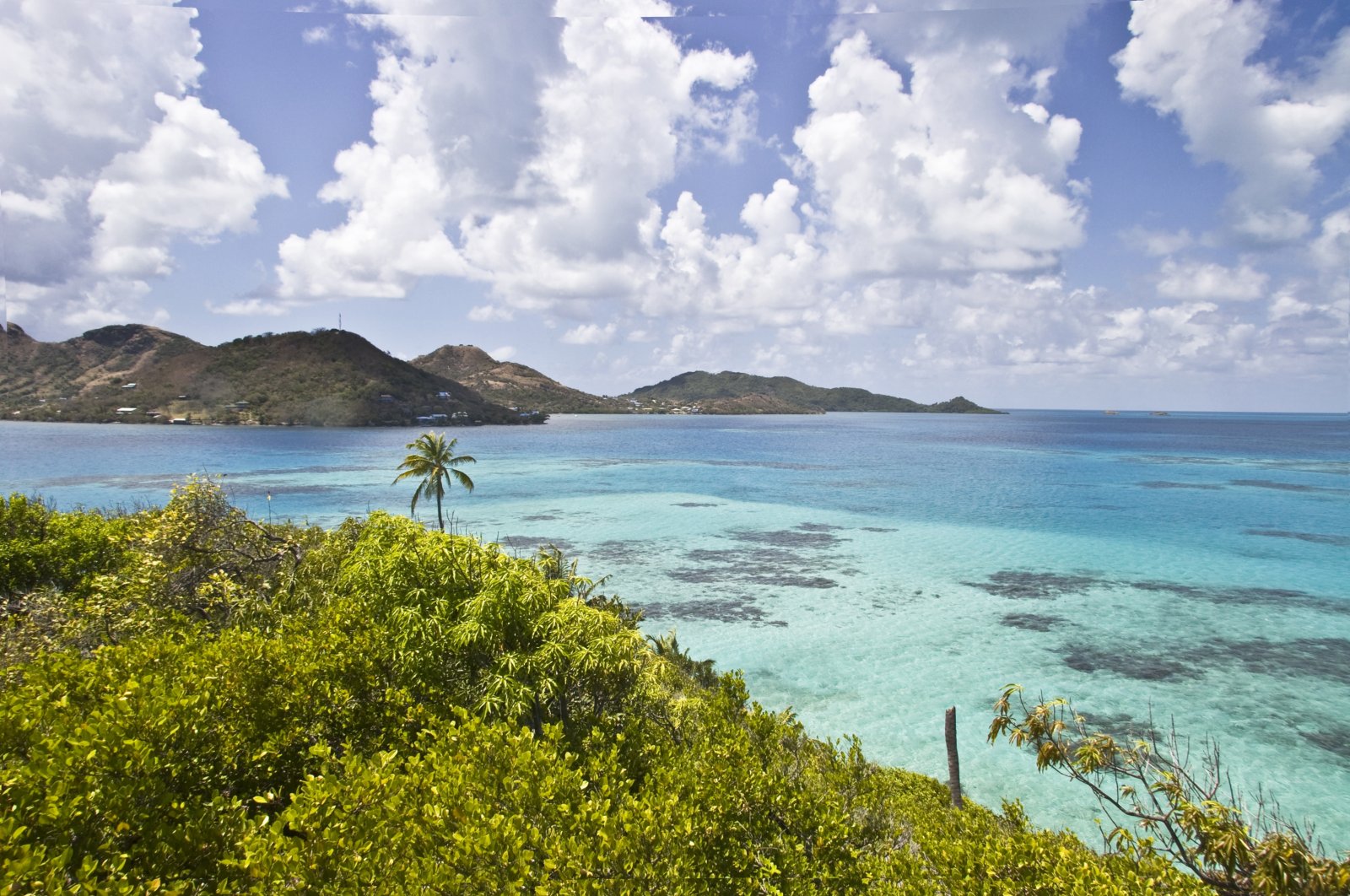
Providencia Island: Colombia's rejuvenated Caribbean gem, where vibrant culture, pristine beaches and a mesmerizing coral reef converge to captivate travelers
The Caribbean Sea's Providencia Island, dubbed as Colombia's hidden treasure, gradually regains its former glory following the damage caused by Hurricane Lota in 2020, a devastating late-season Category 4 Atlantic hurricane.
After extensive efforts and reconstruction, the island is preparing to regain its status as an attractive destination for locals and foreigners.
The island stands out with its colorful wooden holiday homes, villas with pools, turquoise waters and white sandy beaches.
Once inhabited solely by locals, the island underwent significant social and cultural transformations after being colonized by the English in 1631 and falling under Spanish rule.
European and African arrivals in the 17th century contributed to the island's multicultural society, influencing its music, gastronomy and way of life.

The economy of Providencia Island primarily relies on tourism and commercial activities, attracting thousands of national and international tourists each year.
With a population of approximately 6,000, the island sustains itself through agriculture, including coconut, sugarcane, mango, avocado and cassava cultivation and fishing.
One of Providencia's most important natural treasures is its coral reef, which stretches for 32 kilometers (19.89 miles) and is the second-largest barrier reef in the world, after Australia's Great Barrier Reef.
The reef's significance lies in its diverse marine life, including turtles, sharks and tropical fish.
The local Providencia community implements sustainable environmental policies to preserve and protect this inherited natural treasure.
The island's famous dish is Rondon, made from coconut and seafood, and "Pan de Coco," a sweet and fluffy bread cooked in banana leaves.
The residents organize annual festivals and music events reflecting the island's traditions and customs.
History of islands
The islands' history is fascinating; each component of the culture and idiosyncrasy is thrilling. Its beginnings date back approximately 500 years ago when the British, Scots, Dutch, Irish, French and Spanish made these islands their base of operations and commerce.
Some historians still disagree and claim that these islands were discovered by Christopher Columbus in 1504 during his fourth voyage. Still, many others maintain the theory that they were found in an expedition by the Spanish navigators Alonso Ojeda and Diego Nicuesa, who were explorers and conquerors of the Spanish Crown in 1510.
The islands were discovered on Nov. 30 of that year, and from then on, pirates and mainly Dutch and English traders arrived at the islands, using them as their base of operations. They were the ones who later began to call it Henrietta.
In 1527, the first map was published, showing the islands of San Andres, Santa Catalina, and the Serrana and Serranilla Cays. Because of this, adventurers, French, Irish and British people began to frequent the Caribbean and the coasts of Central America in search of a port to establish trade with the Native Americans.
